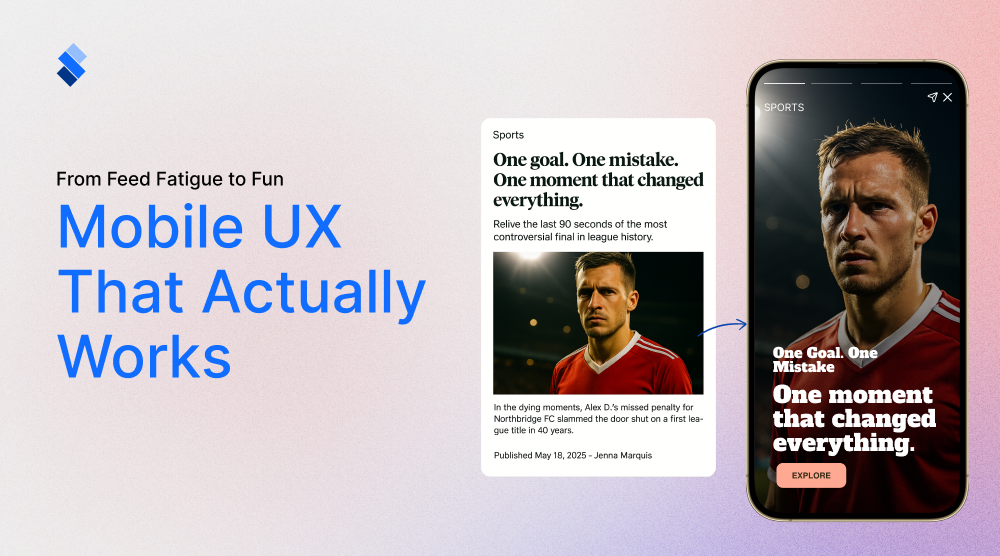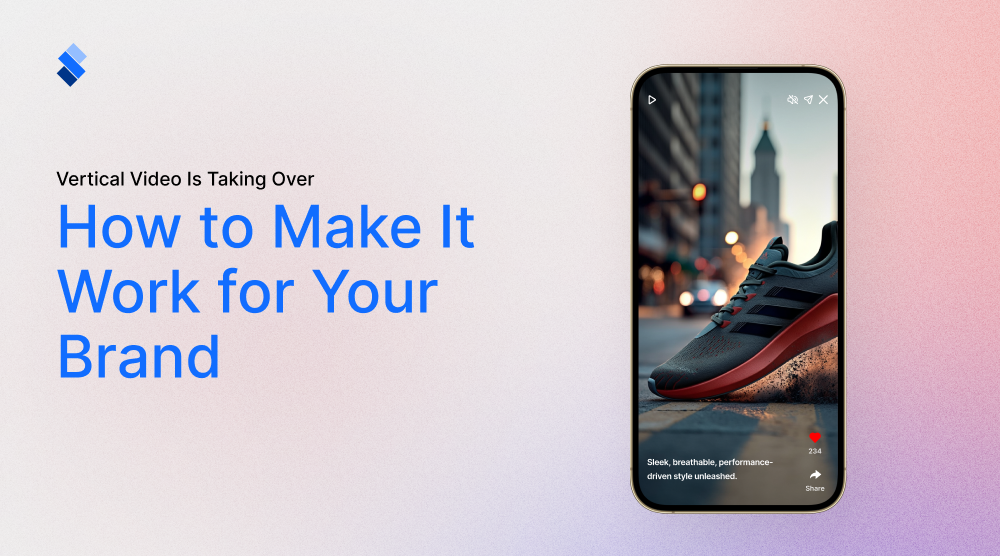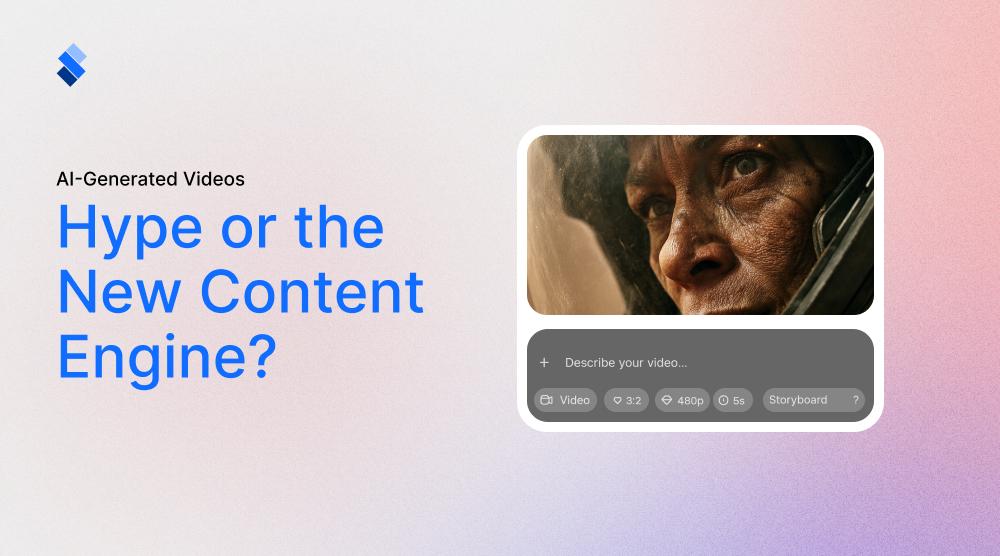Is vertical content the future of marketing
Is vertical content the future of marketing? With the widespread use of mobile devices, it is safe to assume that it likely is.

One of the most useful skills in marketing is being able to differentiate between passing trends and long-term industry changes. While it is beneficial to make full use of passing trends, you don't stand to lose much if you miss them. But, knowing that a certain trend is the future of marketing, and making full use of it is something all marketing managers dream of. This is why we will use this article to ask the question: is vertical content the future of marketing, or is it simply a passing trend? So, let's find out.
Vertical content the future of marketing - yes and no
First, let's explain what vertical content is. Simply put, vertical content is visual content that is presented in a vertical orientation. This can entail images, videos, animations, written content and story content. In the past few years, more and more vertical content has been used for marketing. So much so that some content creators rely solely on vertical content and experience a surprising amount of success.
How vertical content came into the picture
Presenting visual content in vertical orientation is hardly a new concept. Even old newspapers used vertical images to spruce up their articles. But, in the context of modern marketing, vertical content truly comes into fruition through mobile devices.

When creating content it is always worth knowing who you are creating it for. Here it is worth noting that over 90% of people use mobile devices as their primary platform for online surfing. Seeing that we designed smartphones to be vertically aligned, it is only natural that vertical content does so well on them.
Why is it so prevalent?
Besides the natural connection with mobile devices, there is an underlying psychological reason why vertical content is so prevalent. Namely, when we see vertical content we tend to associate it with something cheerfully and easy-going. A short burst of visual information that is easy to see and digest. As such, people are far more likely to view vertical videos instead of landscape ones. After all, we tend to associate landscape videos with longer, more serious content like films and documentaries. While vertical videos are more light-hearted. It also helps that modern social media platforms like TikTok are all about light-hearted, non-intrusive vertical content.
Where do we use vertical content?
As it is now, vertical content is mostly seen on social media platforms. Story content in particular makes great use of vertical content. Seeing that it heavily relies on visual elements and that it is primarily made for mobile devices, it is only natural that most web stories are shown in vertical format. The same goes for short videos and animations.

If you want to make a mobile-friendly website, you will also rely on vertical content to showcase the visual aspects. Professionally made websites, usually have a landscape version for PC and a vertical version for mobile. And seeing that more and more people are turning to mobile devices, it is safe to assume that more and more websites will rely on vertical content.
Likely changes in the near future
The most likely change to vertical content is that it is going to turn more and more to interactivity. Adding interactive elements to visual content has shown terrific results in customer engagement, as well as customer retention. After all, the mere fact that your customers are interacting with your content ensures that they have viewed it and absorbed its message. For most marketing managers, this is more than enough for their content to yield the wanted results.
Another change that we can see on the horizon is the increased use of personalization in vertical content. Since creating vertical content is getting easier and cheaper, it stands to reason that marketing managers will seek to personalize it. Personalization as a whole is another marketing trend that we feel will shape the future of marketing. Therefore, it is only natural that vertical content will shift to it more and more as time goes on.
Downsides of vertical content
While all of the previous reasons point to vertical content being the future of marketing, it is worth noting the counterarguments. For instance, while mobile devices are the dominant platforms for viewing marketing content now, they may not be so in the future. A possible technology that might garner widespread use is VR. While now we only see it as a gimmick, VR can become as widely used as mobile phones. In that case, vertical content might not be as used, as other types of content more naturally align themselves with VR.

Another technology that might change the marketing landscape is AR glasses. While they are currently mostly reserved for professional use, we can easily see them becoming a household item. The ability to integrate your phone with your glasses and view the content hands-free is something most people will be willing to use. And if that happens, vertical content may not be as used.
Final verdict
So, with all that in mind, is vertical content the future of marketing? Well, in our estimate, it certainly is. At least for the foreseeable future. As long as we rely on mobile devices, vertical content will thrive. Yes, AR and VR marketing can start to pick up. But, it will take quite a few advancements in both AR and VR technology before they become as widespread as phones. In all likelihood, that scenario will take at least a couple of decades. So, all things considered, investing in vertical content seems to be the best course of action.







